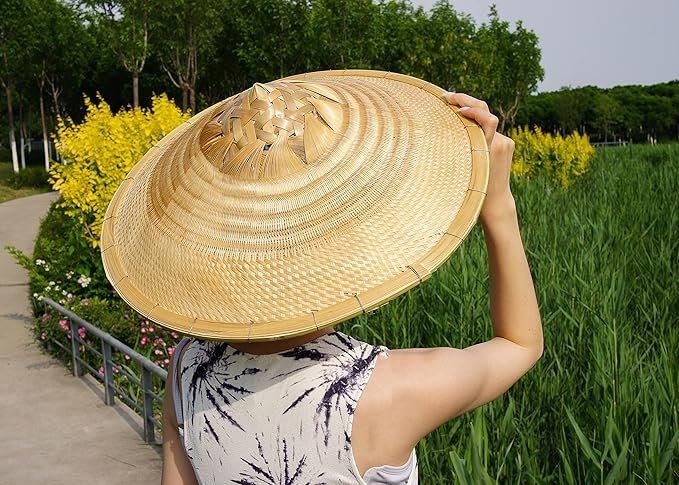Discover Japanese Hats: Tradition, Culture & Modern Style

Japanese traditional hats, also known as kasa (傘), hold a prominent place in the country's cultural and historical heritage. These unique headpieces, crafted from materials like straw, bamboo, and washi paper, have been worn for centuries, reflecting both functionality and artistic expression. From the rice fields to royal courts, these hats symbolize the diversity and richness of Japanese culture.
The Most Iconic Japanese Hats and Their History
Kasa: The Umbrella Hat
The term "kasa" broadly refers to Japanese traditional hats, particularly those made of straw or bamboo. They served as both functional accessories to protect from the elements and symbols of social status or profession. Among the most recognizable are the sugegasa, worn by farmers, and sandogasa, used by traveling monks.
- How to Say: "Kasa" (傘) – Pronounced "ka-sa". Though it means "hat" in this context, it also translates to "umbrella".
Amigasa: Woven Straw Hat
Worn by peasants and performers like traveling actors, the amigasa is a lightweight hat offering protection and a sense of identity. Its wide brim and intricate weaving made it an essential part of rural and artistic life.
- How to Say: "Amigasa" (編み笠) – Pronounced "a-mi-ga-sa", meaning "woven hat".
Jingasa: The Warrior's Hat
The jingasa was worn by samurai during periods of travel or battle preparation. Made of lacquered wood or metal, it provided a lightweight alternative to helmets while showcasing the wearer’s rank and clan affiliation.
- How to Say: "Jingasa" (陣笠) – Pronounced "jin-ga-sa", with "jin" meaning "battlefield" and "gasa" for "hat".
Eboshi: Nobility and Ceremony
Associated with Japan’s aristocracy, the eboshi was a tall, black hat worn during formal events. It symbolized authority and was often seen in Shinto rituals and imperial ceremonies.
- How to Say: "Eboshi" (烏帽子) – Pronounced "e-bo-shi", where "e" refers to "black" and "boshi" means "hat".
Bosozoku Helmets: Modern Rebellion
A more contemporary addition to Japan’s headwear legacy, bosozoku helmets reflect the rebellious spirit of youth motorcycle gangs. These flashy helmets feature exaggerated designs and bold colors, drawing from Japan’s modern pop culture.
- How to Say: "Bosozoku" (暴走族のヘルメット) – Pronounced "bo-so-zo-ku", literally "tribe of reckless riders".
Materials and Craftsmanship
Traditional Japanese hats are masterpieces of artisanal skill. Craftsmen meticulously weave bamboo, straw, and other natural materials to create hats that are both durable and aesthetically pleasing. The process, often passed down through generations, highlights Japan’s dedication to preserving its cultural heritage.
Modern innovations blend traditional methods with contemporary materials like synthetic fibers, enhancing durability while maintaining the classic look.
Cultural Significance and Modern Usage
While many traditional hats originated as practical accessories, they’ve evolved into cultural icons. Hats like the sugegasa are still worn during festivals such as Obon and other traditional celebrations, linking modern Japanese life with its historical roots.
In the fashion world, Japanese hats have gained popularity globally, with designers incorporating them into runway shows and streetwear.
Where to Buy and How to Style Japanese Hats
Authentic Japanese hats can be purchased at specialty stores in Japan, online shops like Taiko Shop, or even on platforms like Amazon. When styling, these hats work beautifully with both traditional attire such as kimono and modern casual outfits, offering a unique blend of history and contemporary fashion.
FAQs: Common Questions About Japanese Hats
Conclusion
Japanese traditional hats are more than mere accessories—they are gateways into the country’s rich cultural and historical narrative. Whether worn for protection, status, or style, these hats embody the elegance and innovation of Japanese craftsmanship. Embracing one is embracing a piece of Japan’s soul, bridging past and present in a timeless fashion.
If you want to discover other articles similar to Discover Japanese Hats: Tradition, Culture & Modern Style, you can visit the Japanese Art, Culture & Entertainment category.
Leave a Reply
More Related Posts